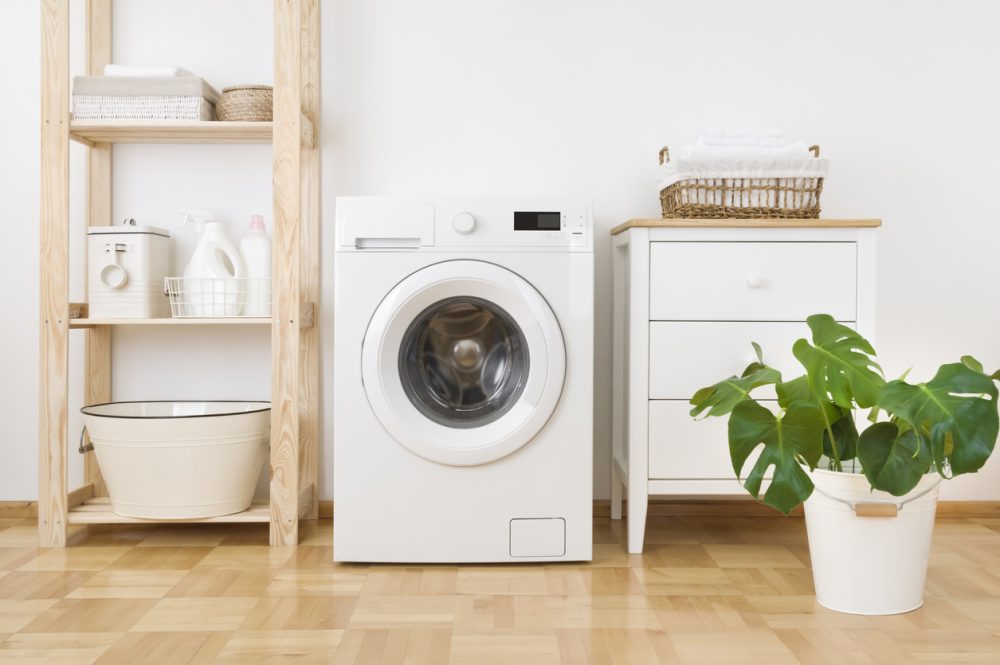The home appliance industry has been a partner with the U.S. Environmental Protection Agency on the ENERGY STAR program since it began in 1992. I have been a strong proponent for merchandising energy-efficient appliances that carry the ENERGY STAR badge because the retailer wins with ENERGY STAR products. Those products commonly carry a higher ticket and the customer enjoys the energy savings. Energy savings enthusiasts have been beating this drum for almost 30 years.
Today, the program and local governments across the country are in a bit of a transition period. For starters, most of the savings potential from moving to LED lighting has been realized, so the longstanding lightbulb incentives are starting to wind down. At the same time, more and more states are under pressure to increase their focus on decarbonization and lowering greenhouse gases. The state public utility commissions, in turn, are putting pressure on the utilities to reduce energy consumption to the point of turning off older and less efficient power plants.
These factors have led several states to think more about incentivizing household appliances that are more energy efficient and most often ENERGY STAR certified or ENERGY STAR Most Efficient. Our ENERGY STAR team has been working behind the scenes to build incentive programs with utilities and utility contractors. Over the past three years, we have built and launched programs in Oregon, Michigan, Nevada, California and Maryland.
These incentive programs are set up with what are called “mid-stream incentives.” This means funds are sent to the retailer who uses those dollars to directly discount the appliance for the customer. The other popular type of incentive is where the customer has to claim it through a rebate. Rebates have not been as effective at driving those desired behaviors versus getting a discount at the point of sale.
There are two key benefits to appliance dealers in areas where these incentives have launched. First, the dealer gets to decide how to use the incentive dollars in a promotion. This can include a direct discount at the point of sale, a smaller discount and extended financing terms, etc. The second benefit is that not every retailer will have access to these programs. This gives you a pricing advantage over other retailers that may not be set up to leverage these incentive programs.
So, where do we go from here? We can see more states beyond the five listed above launching similar programs. More state public utility commissions (PUCs) are seeking measurable ways to reduce energy consumption, turn off coal-burning power plants and address climate change. I am also closely monitoring the Inflation Reduction Act (IRA) and how it gets rolled out. There are provisions for strong incentives for induction cooking and other appliances.
Finally, we see an opportunity to leverage the technology that is driving a disproportionate amount of funds that will be allocated to the states via the IRA – heat pumps. The three main applications for heat pumps include dryers, HVAC and water heating. As an appliance retailer, you may not be interested in any of these besides the heat pump dryer, and even then only with big incentives. Well, you may not be directly involved in HVAC or plumbing, but most appliance dealers have relationships with plumbers for gas hookups or pipe repairs. Most dealers with a service department have done repairs on water heaters.
We believe the current market momentum towards heat pump water heaters (HPWHs) creates an opportunity for appliance dealers willing to explore expanding into a new product category. In late 2021, the ENERGY STAR team launched a new initiative called the ENERGY STAR Home Upgrade. It is a series of six home upgrades that will create significant home energy savings. One of those is installing a HPWH; details can be found on the ENERGY STAR website.
On October 26th, we celebrated the first ever HPWH Day. The Federal Government has reinstated tax credits (via the IRA) for the purchase and installation of a HPWH in your home. Most importantly, there is an amazing energy savings story for the consumer. A HPWH will consume about 75 percent less power versus a regular electric water heater. With all the incentives in place and the short payback window (3-4 years), the customer is being advised to switch out their electric water heater now instead of waiting for it to fail.
Frank Sandtner is the executive vice president of business services for Nationwide Marketing Group















